Filtering Feedback and Harnessing Its True Value
As performers and belly dancers, we pour a lot into a performance – time, energy, sweat, When the time comes, we put it out for all to see and then comes the last phase, evaluation. It’s an important one and we lose a valuable tool for improvement if we don’t process it for all it’s worth and harness its true value. There’s self-evaluation and then there’s the less formal evaluation we get from others in the form of comments and feedback – whether we asked for it or not.
It’s easy to take a self-protectionist stance and accept the positive feedback and dismiss the negative, but that is not the best criteria on which to decide which words to take to heart and which to let go in one ear and out the other. Considering the personal investment we put into creating a performance piece, it’s natural that our emotions play a role but it’s much more beneficial to filter the accolades and criticisms by more rational means. So let’s talk a bit about how to sort out the signals…
Consider the Source
Feedback comes in from a variety of channels – civilian audience members, our peers, our mentors, YouTube viewers. The reactions we get from any of these can be useful or useless. Before we venture further, we need to recognize that all we can give is 100% of what we have on any given day and that changes from day to day. Our emotional and physical state can lift us up or keep us from performing to our full potential. Hopefully we have prepared ourselves diligently. Only we know the truth in these and we owe it to ourselves to be both honest and compassionate with ourselves in considering these factors.
Compliments feel great, but the ones that mean the most come from people who are trained and experienced enough to know what makes a real quality performance and are not easily “wowed” by the sparkle and spectacle. The value goes up when the comments – positive or negative – come from someone who is familiar with your progress and goals. Respected peers and instructors with whom you have a healthy working relationship can be an invaluable source of relevant food for thought. But that’s not the end of the filtering process.
Civilian compliments are nice, but recognize that they are often uninformed. That doesn’t mean we shouldn’t enjoy them – part of our job is to entertain. They are not the end-game validation of our skill or growth as an artist. Random snarky remarks on your YouTube videos are usually worth about as much as the pixels they occupy on the screen. Treat them as such. A thick skin comes in handy here.
This is where a mentor-student relationship can really shine. Ideally, every dancer at any level, will have a trusted mentor. The keys here are trust and understanding. True mentoring is a two-way trust relationship. The student trusts the teacher to tell them what they need to hear to effectively work toward goals. This includes both encouragement and acknowledgement and constructive criticism. The mentor trusts that the student will be open to guidance given in a clear, honest and considerate way with the student’s development in mind.
I had a really wonderful conversation about this over lunch with Samira Shuruk when I was on a teaching trip to Baltimore this summer. There’s much more to be said about how to give feedback but I’ll save that for another post.
If the Shoe Fits…
No matter how valuable the source, all commentary needs to be compared to your personal point of view. By this, I don’t mean your personal opinions or emotional reaction to it. I mean what do you want to be about as a dancer, or what you meant to accomplish in a particular performance. Nothing you do, no matter how top quality, will please everyone. It’s right that it shouldn’t. We should strive to be clear in our art, and authentic to our artistic selves. As Todd Henry, author of “The Accidental Creative” put so well “If we are trying to please everyone, we don’t have a point of view.” Know what yours is and own it. It’s worth the time to clarify this internally and use it as a personal compass for our work. For example, if a peer tells you a piece was “too fusion”, and that’s what you intended in creating it, then graciously listen and evaluate it against your own vision. It was “too fusion” for them, but exactly on the mark for what you wanted to present. That re-frames the remark in a very different and more relevant way.
Now What To Do With It?
Once your determine that the feedback is coming from a credible source and really is salient to your creative point of view, consider what your take-away should be. Personally, the feedback I value most is a mix of positive and constructive. Celebrate your accomplishment in the facets that you successfully carried out. Put your emotions aside and take hold of the nuggets that you can use to plan your further development. Write them in your dance journal, add them to your study and practice list and get to work. As dancers and artists we are all works in progress and are never done learning.
How do you experience and process feedback? Tell us in the comments below…

